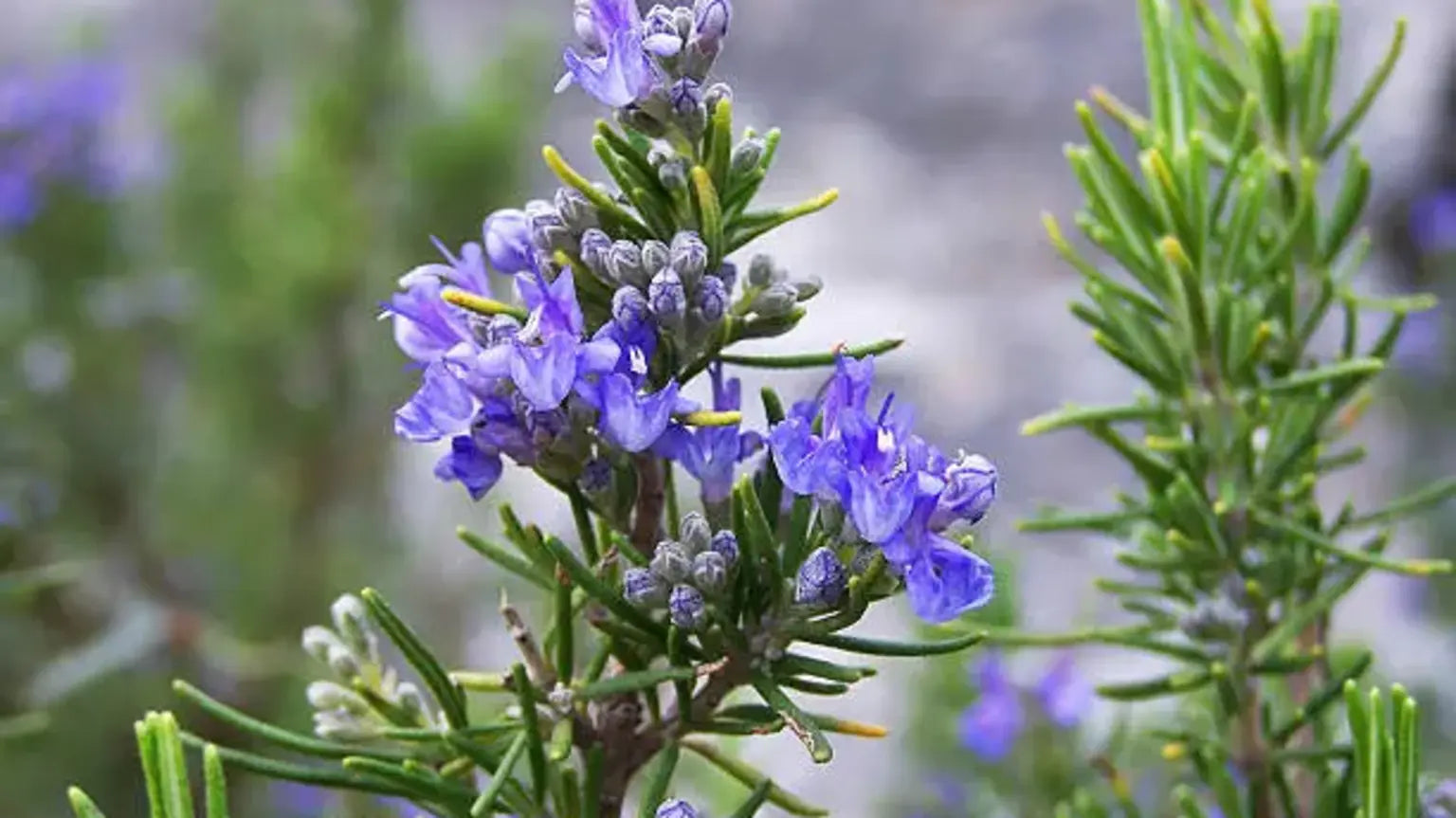
The Ultimate Guide To Starting Your Own Organic Garden
The Ultimate Guide To Starting Your Own Organic Garden
Organic gardening is a natural and sustainable way to grow fresh, chemical-free fruits, vegetables, and herbs at home. It helps improve soil health, reduce environmental impact, and promote a healthier lifestyle. Discover the joy of organic gardening with our step-by-step guide. Learn how to grow your own food, save money, and improve your health while protecting the environment. From site selection to harvesting, embrace sustainable practices for a thriving organic garden.
If you are looking for a way to grow your own food, save money, and improve your health, then organic gardening is the perfect solution. In organic gardening, you grow plants without using synthetic pesticides, fertilizers, or genetically modified seeds. It is not only good for you and your family but also for the environment and the creatures that depend on it. Starting your own organic garden can be fun and rewarding.
Whether you have a large backyard or a small balcony, you can enjoy the benefits of organic gardening with some planning and creativity. Here is the step-by-step guide that’ll help you set up your own organic garden without any hassle:
Step 1: Choose a site
Choose a site where your plants can receive ample sunlight as per their requirement. But, make sure that the plants are protected from harsh sunlight, strong winds, frost, and pollution. In case of space constraints, you can use pots or containers for organic gardening. Vertical gardening is another strategic way of setting up an organic garden.
Step 2: Prepare the soil

Prepare the nutrient-rich soil for your organic garden by adding organic matter such as compost, manure, and garden waste such as leaves, and grass clippings. You can also prepare your own compost by collecting kitchen waste such as vegetable and fruit peels, egg shells, used tea leaves, and coffee grounds in a compost bin. Adding organic matter to the soil not only makes it fertile but also improves the soil’s texture, drainage, and water retention capacity.
Step 3: Choose organic seeds

Select the seeds for your organic garden according to your taste and requirement. Starting your organic garden from organic seeds is the best way to ensure that the garden is entirely organic. You can grow almost any plant organically as long as it is suited to your climate and soil conditions. You can easily buy organic seeds from online organic stores.
Step 4: Plan the layout of your organic garden

Organize your garden in such a way that all the plants receive proper sunlight. Provide proper spacing between the plants so that they can grow properly.
Step 5: Use organic fertilizers and pesticides

Choose organic fertilizers such as manure, vermicompost, or seaweed fertilizer and pesticides such as neem oil for your garden. You can source them from a local nursery or buy them from an online organic store from the comfort of your home.
Step 6: Water properly

Water your plants regularly and deeply to ensure that it reaches their roots. But at the same time avoid frequent watering as it may lead to water logging or the growth of fungal diseases and pests. Avoid overhead watering in plants that are susceptible to fungal attacks.
Step 7: Harvest at the right time

Keep the tools and implements handy and make adequate arrangements to harvest and store your organic fruits, vegetables, and herbs when they are ready.
Final Takeaway
Organic gardening means you won’t use synthetic fertilizers or pesticides, this may many a time lead to results that are not in your favor. Be patient if things don’t turn out the right way. The key is to spend a lot of time in your organic garden and be prepared to prevent and treat pests and diseases. Also, an array of organic products is available that you can use to boost plant health and ward off pests. Happy organic gardening!
Here are some other blogs which make your Green Space Greener!
- Gardening Calendar Blogs
- Sustainable Gifting Ideas
- Gardener Stories
- Garden Care Blogs
- Miniature Garden Decor
- Gardening Workshops
Have a look at some amazing Videos on Gardening that might help you!
- Tips on planting homegrown plants and creating art with them as a beginner.
- How to preserve, plant, and grow flower seeds in monsoon, winter, and other seasons.
- Growing different vegetables, winter vegetables especially, and tips and tricks to preserve.
- Preserving fruits such as strawberries, Papaya, watermelon, muskmelon, etc.
- Know all about microgreens using examples such as microgreen spinach, microgreen sunflower, microgreen mustard, microgreen flax, etc.
- Using gardening tools such as pots, trays, growing bags, moss sticks, watering cans, etc.
Here are some Workshops that might help you if you are new to Gardening!
- Convert your green space into a small Kitchen Garden.
- Workshop on terrariums – adding Life to bottles and jars.
- Workshop on quickly – quick planters.
- Learn how to grow spices from your kitchen into plants.
- Beginners guide to learn gardening.
Happy Gardening!
- Want to know more? Do follow us on Instagram to stay updated on the latest gardening trends.
- Watch the video and get the complete gardening guide about Starting your own organic garden.
https://www.youtube.com/embed/Cn9fqRg2X38?si=uyd1f7pGiAuVdE7d
-
 Quick View
Quick View
Red Soil for Gardening (1kg)
Manures
Rated 5.00 out of 5
₹94
Add to cart -
Sale!
 Quick View
Quick View
Vermi Compost (500gm, Buy 1 Get 1 free)
Manures
Rated 4.93 out of 5
Original price was: ₹161.₹94Current price is: ₹94.
Add to cart -
 Quick View
Quick View
Clarkia Double Mix Seeds (30seeds)
Flower Seeds
Rated 5.00 out of 5
₹20
Add to cart







